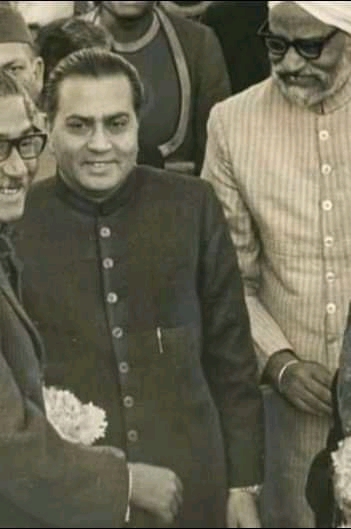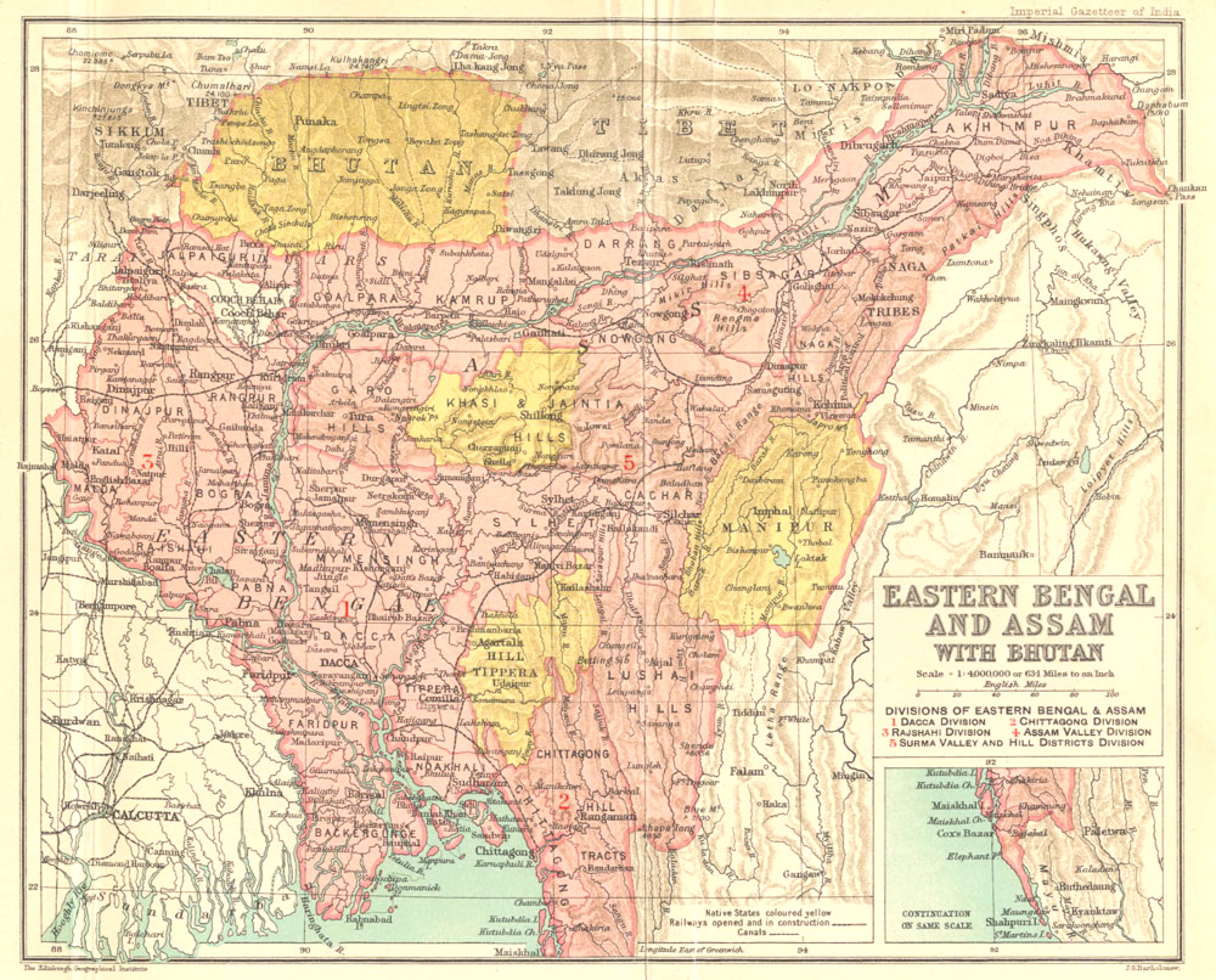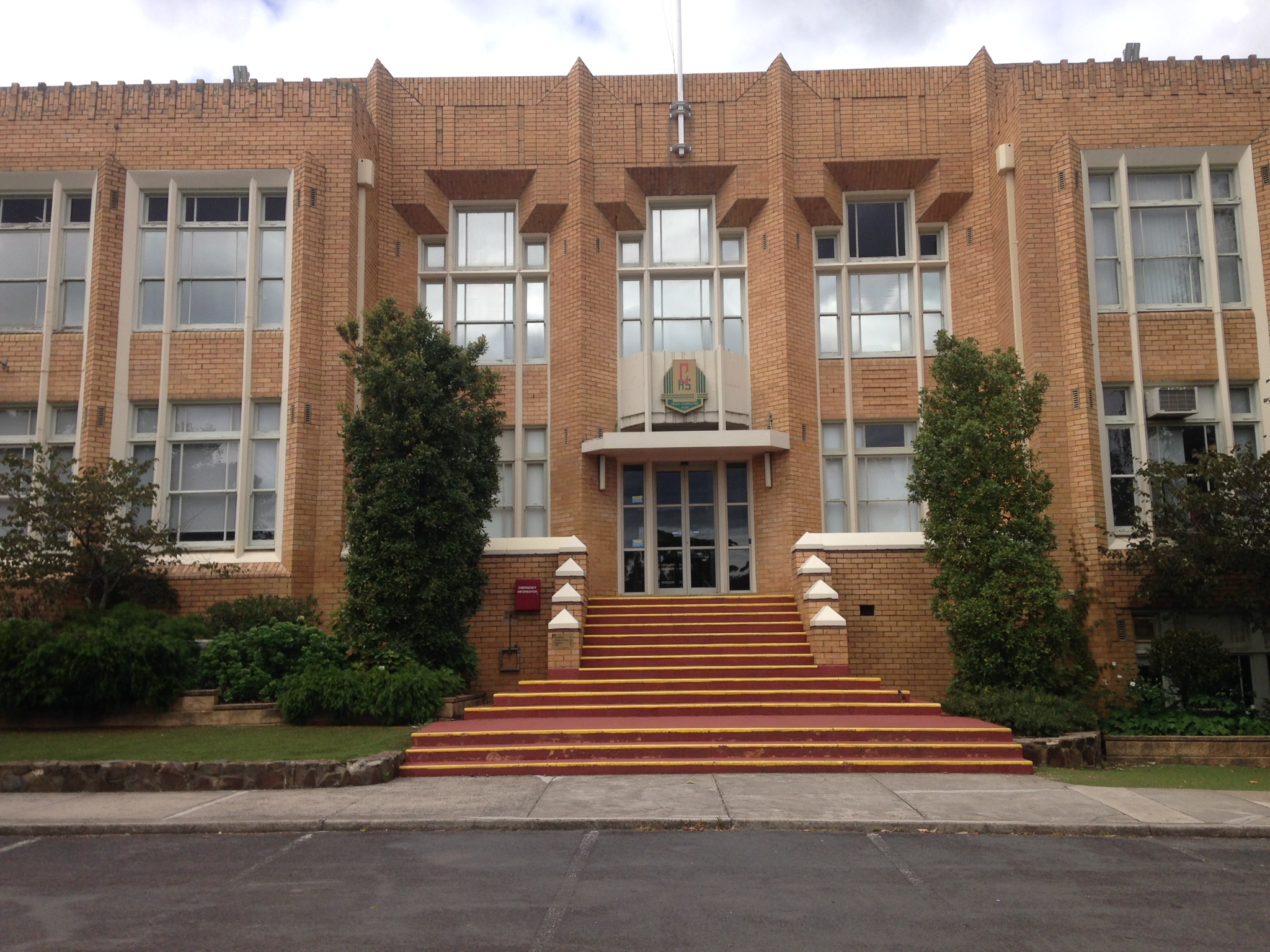|
Sonabarighat
Sonabarighat is a town in Sonai, Cachar district, in Assam, India. The birthplace of the late Moinul Hoque Choudhury is situated at the tri-junction of the Aizawl-Sonai-Silchar road. Bengali and Meitei (Manipuri Manipuri may refer to: * something of, from, or related to: ** the modern-day Indian state of Manipur ** the historical Manipur (princely state) * Meitei language, the major language of the state ** Manipuri script, a writing system used for the l ...) are the official languages of this place. The town has a primary health center in the market, along with a government higher secondary school. References Cities and towns in Cachar district {{Assam-geo-stub ... [...More Info...] [...Related Items...] OR: [Wikipedia] [Google] [Baidu] |
Moinul Hoque Choudhury
Moinul Hoque Choudhury (13 May 1923 – 13 February 1976) was an Indian politician from Assam. A five-time MLA; he was the Minister of Commerce and Industrial Development during Indira Gandhi regime in 1971. He is also known as the Industrial Reformer of the Barak Valley. Biography Moinul Choudhury was born on 13 May 1923 in a well-off Bengali Muslim family of Sonabarighat in Cachar district of Assam. He was born to mother Mona Bibi and father Montajir Ali. His father Montazir Ali was educated, and was always concerned about getting his son well educated. Choudhury took his primary education from ME School of Sonabraighat. He passed Matriculation from Silchar Government HS School and later joined Cotton College, Guwahati/Murari Chand College of Sylhet and passed +2 in 1942. He graduated with History Honors from Presidency College of Calcutta in 1944. In the Presidency, he defeated Sheikh Mujibur Rahman in the college election. He pursued MA in History securing first class fir ... [...More Info...] [...Related Items...] OR: [Wikipedia] [Google] [Baidu] |
Sonai
Sonai (Pron:/'sə(ʊ)'nʌɪ/সোনাই) is a town in the Cachar district in the Indian state of Assam. It is also the name of a circle and block in the town. Government of Assam declared it as a municipal area on 2016 with 11 wards. The River Sonai flows through the town of Sonai joining with Barak River near Dungripar Village of Sonai. The Chandragiri Park and an Archeological site, a temple of Kachari Kingdom at Shivtilla (Changutilla) near Madhab Chandra Das College (MCD College) is a famous place to visit. Geography It is located 18.5 km from District Headquarters Silchar. Demographics As per the 2011 census of India, Sonai had a total population of 324,315, of which 51% were male and 49% were female. Sonai has an average literacy rate of 80%, with a male literacy rate of 54% and female literacy rate of 46%. Division There is one Revenue Circle containing 203 Revenue Villages and three Development Blocks: Sonai Development Block, Narsingpur Development Block an ... [...More Info...] [...Related Items...] OR: [Wikipedia] [Google] [Baidu] |
Cachar District
Cachar district is an administrative district in the state of Assam in India. After independence the undivided Cachar district was split into four districts in Assam: Dima Hasao district (formerly North Cachar Hills), Cachar district alongside Hailakandi and Karimganj. Etymology The Kacharis (Kachari kingdom) have given their name to the modern district Cachar. The Kacharis call themselves Barman in Barak valley and Dimasa in the Dima Hasao district. They were known to the Ahoms as Timisa, a corruption of the word "Dimasa". The Kacharis are allied to the Boro, Koches, Chutias, Lalungs (aka Tiwa) and Morans of the Brahmaputra valley and to the Garos and Tripuras of the southern hills. The Kacharis were perhaps the earliest inhabitants of the Brahmaputra valley and Barak valley. They are identical with the people called ‘Mech’ in Goalpara and North Bengal. History Pre-independence period It was a part of Kachari kingdom.At Dimapur, Dimasa Kachari Princes Elder Drikpati ... [...More Info...] [...Related Items...] OR: [Wikipedia] [Google] [Baidu] |
Assam
Assam (; ) is a state in northeastern India, south of the eastern Himalayas along the Brahmaputra and Barak River valleys. Assam covers an area of . The state is bordered by Bhutan and Arunachal Pradesh to the north; Nagaland and Manipur to the east; Meghalaya, Tripura, Mizoram and Bangladesh to the south; and West Bengal to the west via the Siliguri Corridor, a wide strip of land that connects the state to the rest of India. Assamese language, Assamese and Boro language (India), Boro are the official languages of Assam, while Bengali language, Bengali is an additional official language in the Barak Valley. Assam is known for Assam tea and Assam silk. The state was the first site for Oil well, oil drilling in Asia. Assam is home to the one-horned Indian rhinoceros, along with the wild water buffalo, pygmy hog, tiger and various species of Asiatic birds, and provides one of the last wild habitats for the Asian elephant. The Economy of Assam, Assamese economy is aided by w ... [...More Info...] [...Related Items...] OR: [Wikipedia] [Google] [Baidu] |
Aizawl
Aizawl (; Mizo: ) is the capital of the state of Mizoram in India. Aizawl was officially established on 25 February 1890. With a population of 293,416, it is the largest city in the state. It is also the centre of administration containing all the important government offices, state assembly house and civil secretariat. The population of Aizawl strongly reflects the different communities of the ethnic Mizo people. History In 1871–72, the disorderly conduct of Khalkom, a Mizo chief, compelled the British to establish an outpost that later became the Aizawl village. The post had been established by Suakpuilala, the Chief of Reiek and it was only 14 kilometres from Sairang from where one could travel by flat bottomed boat. In 1890, officer Dally of the Assam Police and his 400 men arrived at Aizawl to support Colonel Skinner's troops during a British military operation against the Mizo tribals. On Dally's recommendation, Aizawl was selected as the site of a fortified post that ... [...More Info...] [...Related Items...] OR: [Wikipedia] [Google] [Baidu] |
Silchar
Silchar is a city and the headquarters of the Cachar district of the state of Assam, India. It is located south east of Guwahati. It was founded by Captain Thomas Fisher in 1832 when he shifted the headquarters of Cachar to Janiganj in Silchar. It earned the moniker “Island of Peace” from Indira Gandhi, the then Prime Minister of India. Silchar is the site of the world's first polo club and the first competitive polo match. In 1985, an Air India flight from Kolkata to Silchar became the world's first all-women crew flight. Silchar was a tea town and Cachar club was the meeting point for tea planters. Etymology The name Silchar comes from the two Bengali words 'shil' and 'char', meaning 'rock' and 'shore/island' respectively. The city was founded in Janiganj-Sadarghat area of the town near the Barak bank which was used as a river port. It is theorised that the locals started calling the area 'Shiler Chor' meaning the rocky shore, which got shortened to 'Silchar', which was ... [...More Info...] [...Related Items...] OR: [Wikipedia] [Google] [Baidu] |
Bengali Language
Bengali ( ), generally known by its endonym Bangla (, ), is an Indo-Aryan language native to the Bengal region of South Asia. It is the official, national, and most widely spoken language of Bangladesh and the second most widely spoken of the 22 scheduled languages of India. With approximately 300 million native speakers and another 37 million as second language speakers, Bengali is the fifth most-spoken native language and the seventh most spoken language by total number of speakers in the world. Bengali is the fifth most spoken Indo-European language. Bengali is the official and national language of Bangladesh, with 98% of Bangladeshis using Bengali as their first language. Within India, Bengali is the official language of the states of West Bengal, Tripura and the Barak Valley region of the state of Assam. It is also a second official language of the Indian state of Jharkhand since September 2011. It is the most widely spoken language in the Andaman and Nic ... [...More Info...] [...Related Items...] OR: [Wikipedia] [Google] [Baidu] |
Meitei Language
Meitei (), also known as Manipuri (, ), is a Tibeto-Burman language of north-eastern India. It is spoken by around 1.8 million people, predominantly in the state of Manipur, but also by smaller communities in the rest of the country and in parts of neighbouring Myanmar and Bangladesh. It is native to the Meitei people, and within Manipur it serves as an official language and a lingua franca. It was used as a court language in the historic Manipur Kingdom and is presently included among the 22 scheduled languages of India. Meitei is a tonal language whose exact classification within Sino-Tibetan remains unclear. It has lexical resemblances to Kuki and Tangkhul. Meitei is the most widely spoken Indian Sino-Tibetan language and the most spoken language in northeast India after Bengali and Assamese Assamese may refer to: * Assamese people, a socio-ethnolinguistic identity of north-eastern India * People of Assam, multi-ethnic, multi-linguistic and multi-religious p ... [...More Info...] [...Related Items...] OR: [Wikipedia] [Google] [Baidu] |
Manipuri Language
Meitei (), also known as Manipuri (, ), is a Tibeto-Burman language of north-eastern India. It is spoken by around 1.8 million people, predominantly in the state of Manipur, but also by smaller communities in the rest of the country and in parts of neighbouring Myanmar and Bangladesh. It is native to the Meitei people, and within Manipur it serves as an official language and a lingua franca. It was used as a court language in the historic Manipur Kingdom and is presently included among the 22 scheduled languages of India. Meitei is a tonal language whose exact classification within Sino-Tibetan remains unclear. It has lexical resemblances to Kuki and Tangkhul. Meitei is the most widely spoken Indian Sino-Tibetan language and the most spoken language in northeast India after Bengali and Assamese. There are million Meitei speakers in India according to the 2011 census. The majority of these, or million, are found in the state of Manipur, where they represent just ove ... [...More Info...] [...Related Items...] OR: [Wikipedia] [Google] [Baidu] |
Secondary School
A secondary school describes an institution that provides secondary education and also usually includes the building where this takes place. Some secondary schools provide both '' lower secondary education'' (ages 11 to 14) and ''upper secondary education'' (ages 14 to 18), i.e., both levels 2 and 3 of the ISCED scale, but these can also be provided in separate schools. In the US, the secondary education system has separate middle schools and high schools. In the UK, most state schools and privately-funded schools accommodate pupils between the ages of 11–16 or 11–18; some UK private schools, i.e. public schools, admit pupils between the ages of 13 and 18. Secondary schools follow on from primary schools and prepare for vocational or tertiary education. Attendance is usually compulsory for students until age 16. The organisations, buildings, and terminology are more or less unique in each country. Levels of education In the ISCED 2011 education scale levels 2 and ... [...More Info...] [...Related Items...] OR: [Wikipedia] [Google] [Baidu] |








